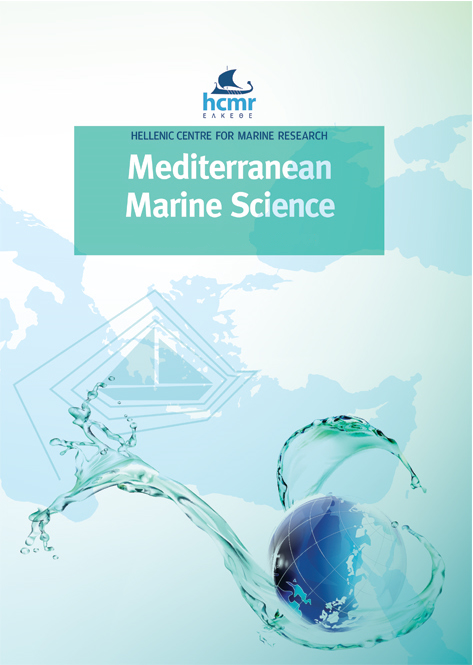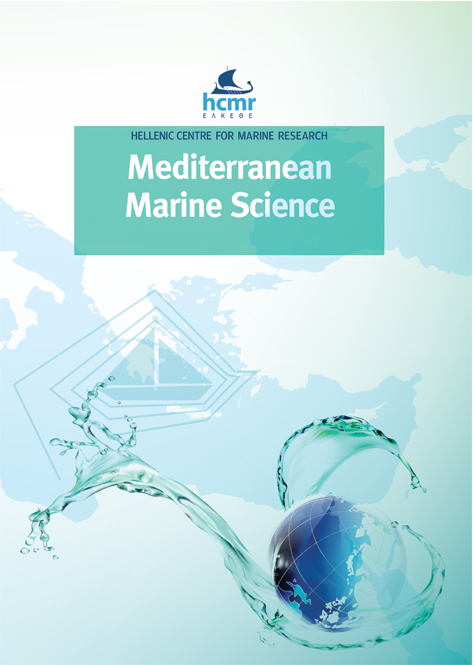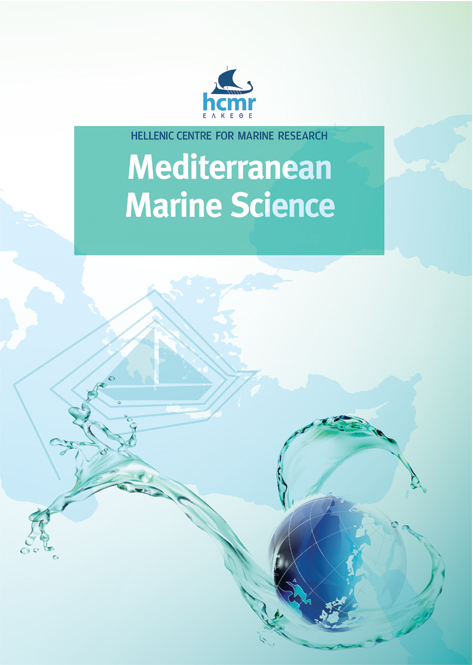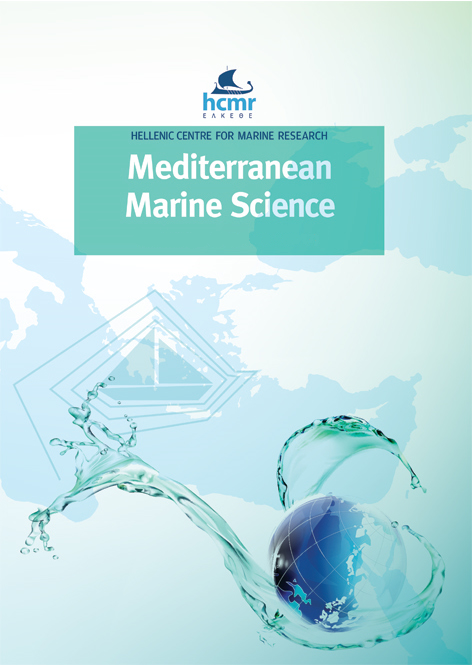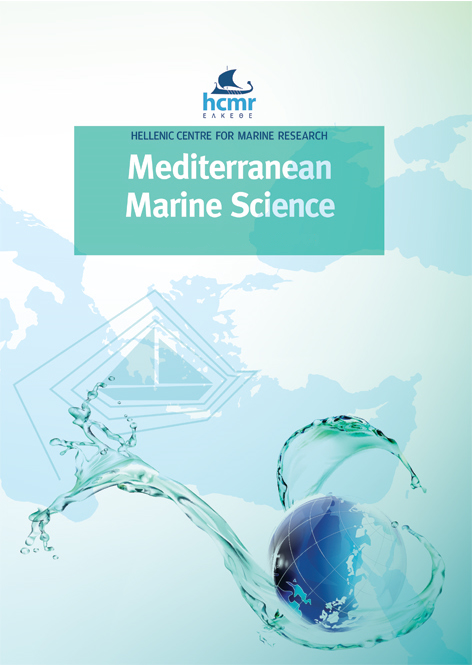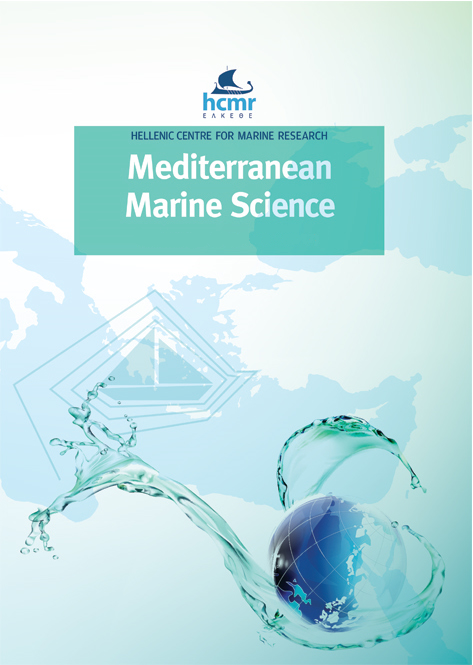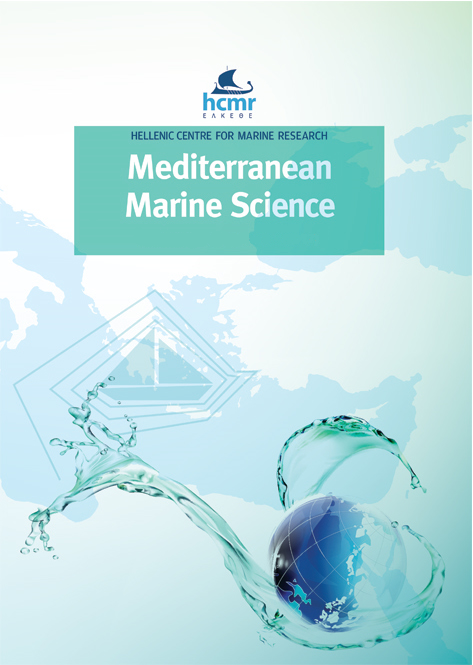Population structure and conservation status of the white gorgonian Eunicella singularis (Esper, 1791) in Tunisian waters (Central Mediterranean)
Аннотация
The white gorgonian, Eunicella singularis, is thriving in Mediterranean hard-bottom communities; however, data regarding its distribution and ecology remain absent and insufficient, particularly in the southern Mediterranean Sea. In this study, the population structure and disturbance levels of the most common gorgonian in Tunisia were assessed for the first time. During two years (2015-2016), a total of 818 colonies of E. singularis were surveyed in five coastal sites, by scuba diving, between 7 to 40 m depth. Collected data included density, colony height, and extent of injury. Mean population density was 11.91 ± 7.42 colonies per m2 (mean ± SD). Mean and maximum colony heights were 16.49 ± 5.59 cm and 51 cm, respectively. Among populations, mean extent of tissue injury differed considerably, ranging from 12.47% to 58.88% and most affected colonies showed old necrosis. These data regarding the demographic structure and level of injuries are needed to provide insights into the conservation status of the Tunisian population of E. singularis. Indeed, data on the amount of necrosis could highlight the strength of the colonies’ exposure to mechanical impacts and are consequently crucial to study changes in their demographic structure over time. In fact, the size, structures, and the high level of tissue necrosis of the colonies suggest a low conservation status of the studied Tunisian populations.
Article Details
- Как цитировать
-
GHANEM, R., BEN SOUISSI, J., LEDOUX, J.-B., LINARES, C., & GARRABOU, J. (2021). Population structure and conservation status of the white gorgonian Eunicella singularis (Esper, 1791) in Tunisian waters (Central Mediterranean). Mediterranean Marine Science, 22(2), 362–371. https://doi.org/10.12681/mms.24984
- Выпуск
- Том 22 № 2 (2021)
- Раздел
- Research Article
Authors who publish with this journal agree to the following terms:
- Authors retain copyright and grant the journal right of first publication with the work simultaneously licensed under a Creative Commons Attribution Non-Commercial License that allows others to share the work with an acknowledgement of the work's authorship and initial publication in this journal.
- Authors are able to enter into separate, additional contractual arrangements for the non-exclusive distribution of the journal's published version of the work (e.g. post it to an institutional repository or publish it in a book), with an acknowledgement of its initial publication in this journal.
- Authors are permitted and encouraged to post their work online (preferably in institutional repositories or on their website) prior to and during the submission process, as it can lead to productive exchanges, as well as earlier and greater citation of published work (See The Effect of Open Access).

